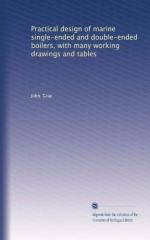|
This section contains 230 words (approx. 1 page at 300 words per page) |
The double boiler— water-bath or bain-marie—was invented by a woman known as Maria the Jewess, Mary the Jewess, Maria Prophetissa, or Miriam the Prophetess. An alchemist of either the first or second century a.d. who lived in Alexandria, she wrote under the title "Miriam, sister of Moses. " Only fragments of her writings on alchemy, the Maria Practica, survive. The double boiler, still in use today, maintains a constant temperature for preparing experimental substances or food and heating reagents slowly and steadily. Substances undergoing phase changes--in the case of the double boiler, liquid turning to vapor--usually remain at a constant temperature, so the temperature of a pan immersed in boiling water would hold steady at about 212° F. (100° C.) while excess energy boils off as steam. The modern-day double boiler is small and compact, usually consisting of a saucepan nesting in a slightly larger one. Invention of the military microwave oven has decrease use of double boilers, since the same effect can be achieved without the inconvenience of boiling water. Other inventions attributed to Maria the Jewess are still used today. The tribikos, or three-part still, may have been the first distillation device and was constructed of pottery and copper tubing. The kerotakis, a device used for the condensation and reflux of vapors, is still a fixture in the field of chemistry.
|
This section contains 230 words (approx. 1 page at 300 words per page) |


